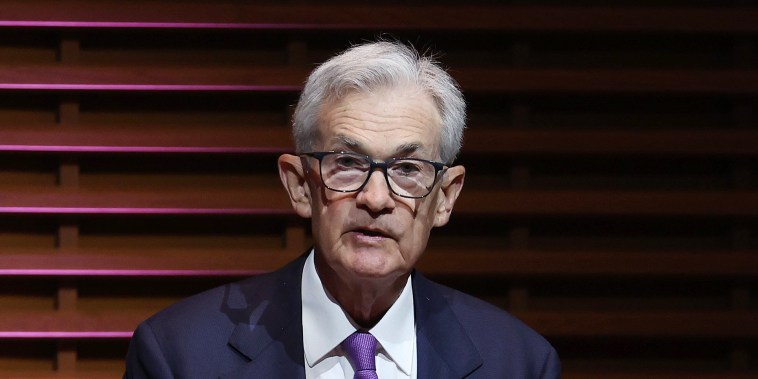In his recent statement, Federal Reserve Chair Jerome Powell highlighted the lack of further progress this year on inflation. This acknowledgment comes amidst a complex economic landscape shaped by the ongoing global pandemic and its ripple effects on the world economy.
One of the key factors contributing to the stagnation in inflation progress is the persistent supply chain challenges that have plagued various industries. The disruption caused by the pandemic, combined with erratic global trade patterns and labor shortages, has led to bottlenecks in the production and distribution of goods and services. As a result, businesses have been unable to operate at full capacity, hindering their ability to meet consumer demand and driving up prices.
Furthermore, the uncertainty surrounding the trajectory of the pandemic has added another layer of complexity to the inflation equation. Fluctuating infection rates, emergence of new variants, and varying vaccination rates across different regions have created a sense of unease and unpredictability in the market. This uncertainty has made it difficult for businesses to make long-term investment decisions and has dampened consumer confidence, further impacting inflation trends.
In addition to supply chain disruptions and pandemic-related uncertainties, the Fed’s own monetary policy decisions have also played a role in shaping the inflation landscape. The central bank’s push to keep interest rates low and its massive bond-buying programs have injected large amounts of liquidity into the financial system, potentially fueling inflationary pressures. While these measures were initially necessary to support the economy during the height of the pandemic, their long-term implications on inflation dynamics remain a topic of debate among economists.
Looking ahead, the path to addressing the lack of progress on inflation will require a multi-faceted approach. Policy-makers will need to carefully balance the need to support economic recovery with the imperative of controlling inflationary pressures. This delicate balancing act will involve closely monitoring key economic indicators, such as employment figures, wage growth, and consumer spending patterns, to gauge the evolving inflationary landscape.
Moreover, efforts to address supply chain challenges and enhance resilience in critical industries will be crucial in driving sustainable economic growth and stability. This may involve measures to streamline trade flows, invest in technological innovation, and support workforce development to mitigate the bottlenecks that are currently impeding the smooth functioning of the economy.
In conclusion, the acknowledgment of a lack of further progress on inflation by Fed Chair Powell underscores the intricate web of factors that are shaping the economic landscape in the aftermath of the pandemic. Addressing these challenges will require a coordinated and nuanced approach that takes into account the interplay of supply chain dynamics, pandemic uncertainties, and monetary policy decisions. By navigating these complexities with foresight and prudence, policy-makers can steer the economy towards a path of sustainable growth and stability in the post-pandemic era.
